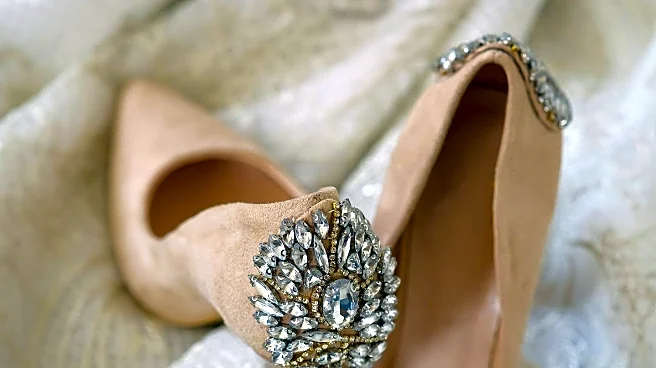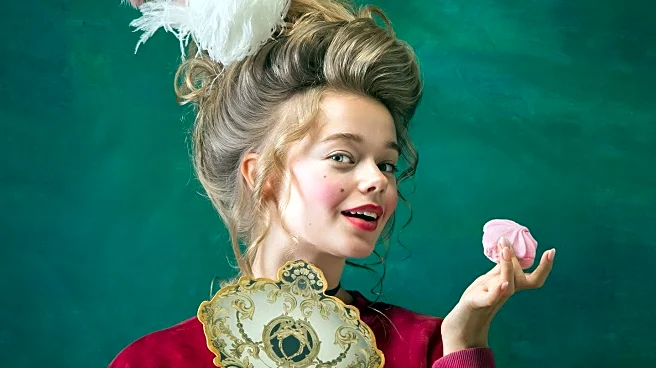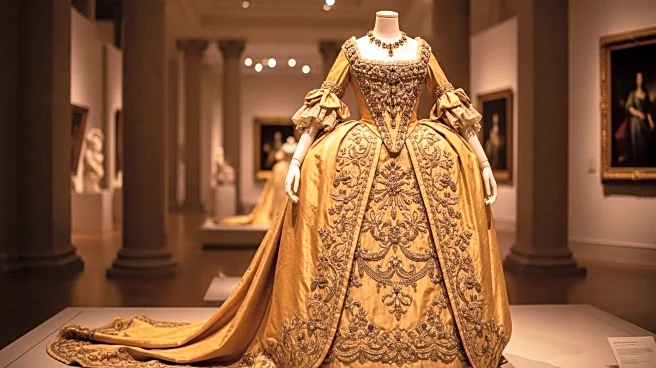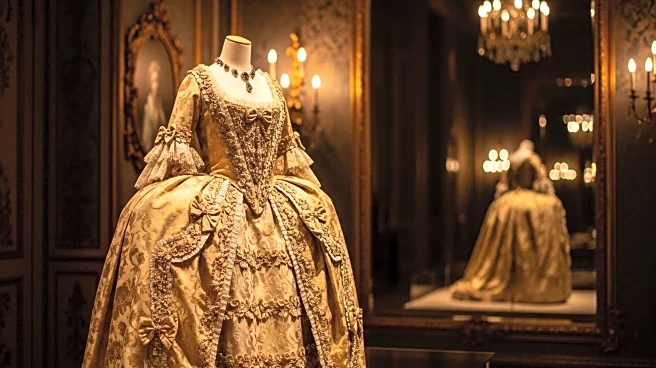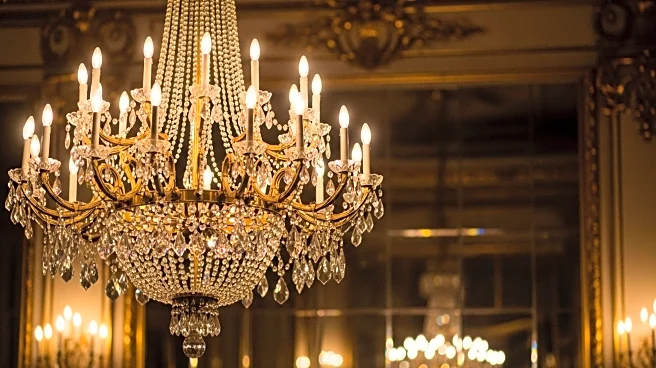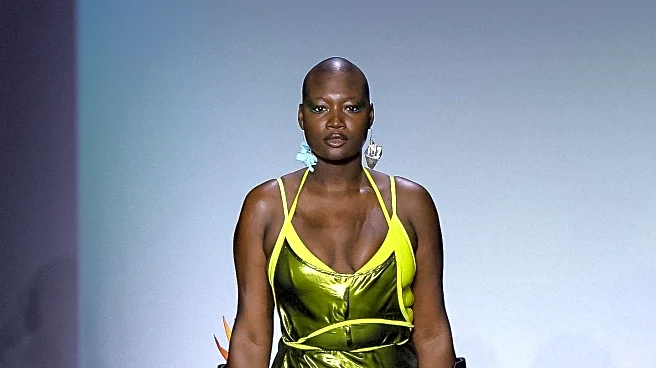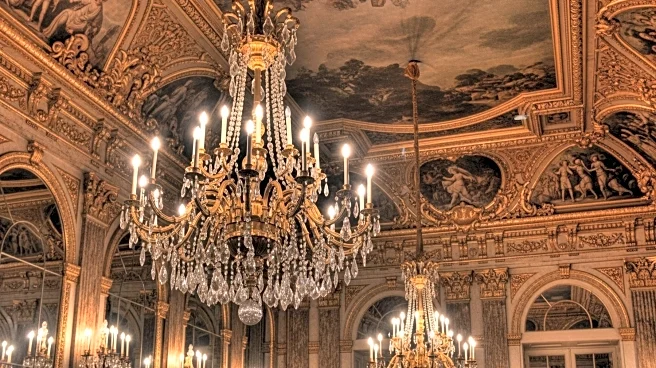What's Happening?
Renowned shoe designer Manolo Blahnik has unveiled a new capsule collection inspired by Marie Antoinette, coinciding with the Victoria & Albert Museum's exhibition on the French queen's style. Blahnik, who has long been fascinated by Marie Antoinette, has created eleven new shoe styles that blend 18th-century aesthetics with modern design. This collection is a continuation of Blahnik's historical interest, which was previously showcased when he designed footwear for Sofia Coppola's 2006 film 'Marie Antoinette'. The collection features a range of colors from pastel hues to jewel tones, reflecting both the opulence and the somber aspects of Antoinette's life.
Why It's Important?
This collection highlights the enduring influence of historical figures on contemporary fashion. By drawing inspiration from Marie Antoinette, Blahnik not only pays homage to a significant cultural icon but also bridges the gap between historical and modern fashion. This move could influence current fashion trends, encouraging designers to explore historical themes in their work. Additionally, the collaboration with the Victoria & Albert Museum underscores the importance of fashion as a form of cultural expression and historical documentation, potentially attracting a diverse audience to the exhibition and increasing interest in historical fashion.
What's Next?
The launch of this collection may lead to increased interest in both Blahnik's work and the Victoria & Albert Museum's exhibition. Fashion enthusiasts and historians alike might explore further collaborations between designers and cultural institutions. The collection could also inspire other designers to create historically themed collections, potentially leading to a broader trend in the fashion industry. As the exhibition progresses, it may spark discussions on the role of fashion in historical storytelling and its impact on modern design.
Beyond the Headlines
Blahnik's collection raises questions about the ethical implications of drawing inspiration from historical figures, particularly those with complex legacies like Marie Antoinette. It also highlights the cultural fascination with royalty and the romanticization of historical figures in fashion. This collection could prompt discussions on how fashion can serve as a medium for reinterpreting history and the responsibilities designers have in representing historical narratives.

